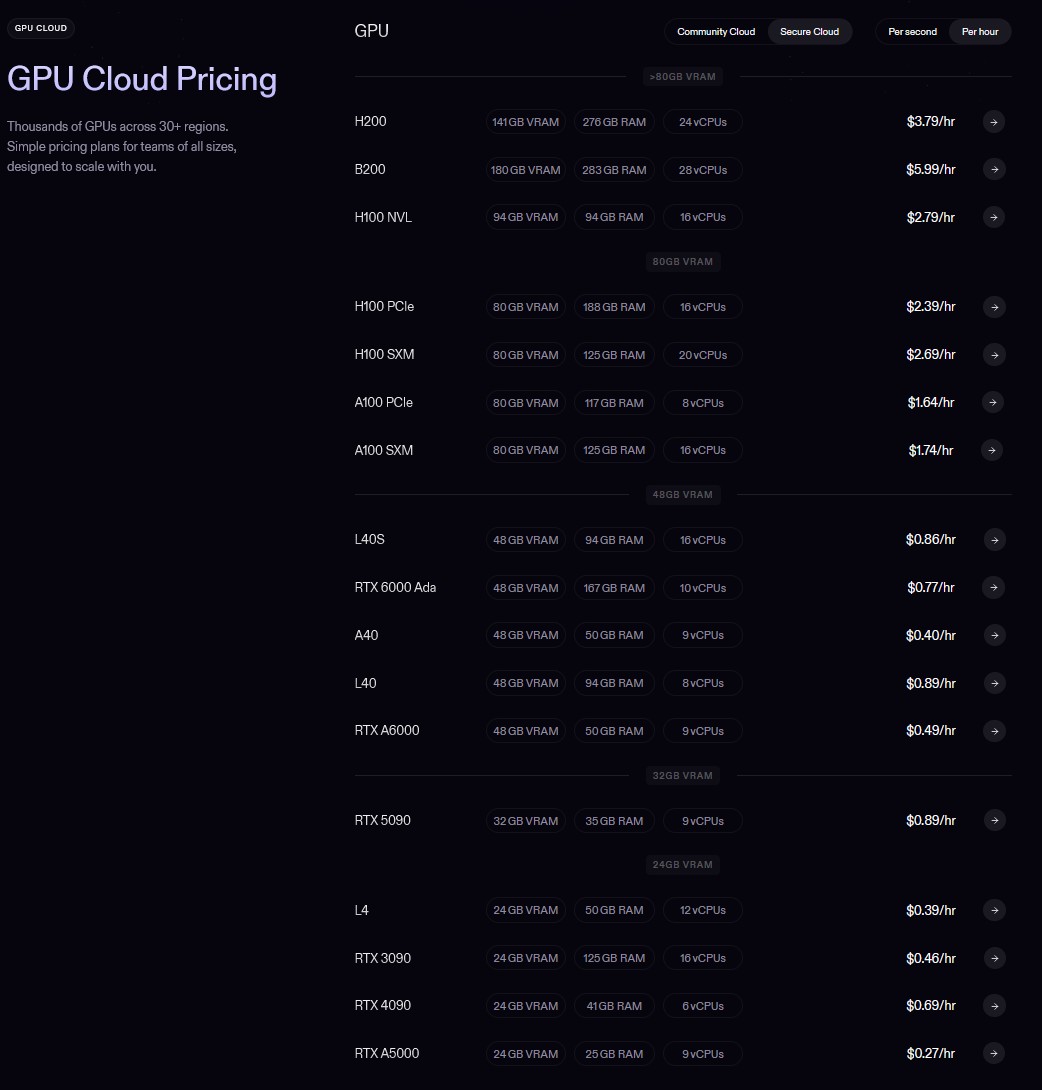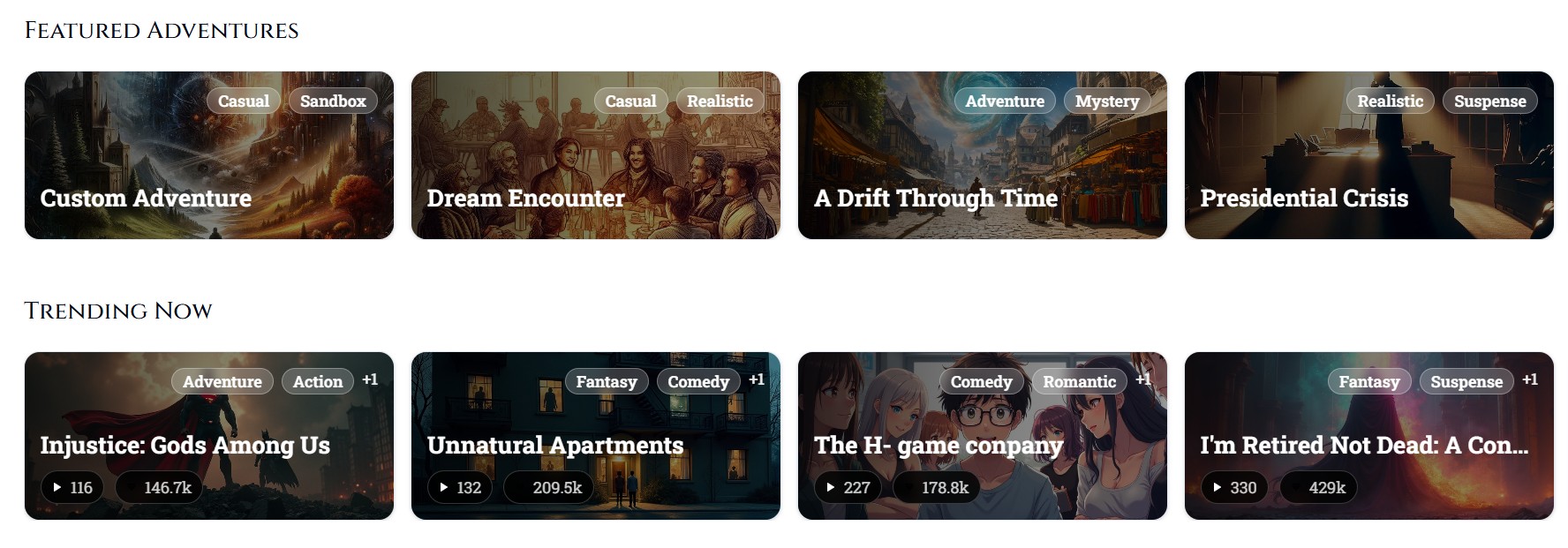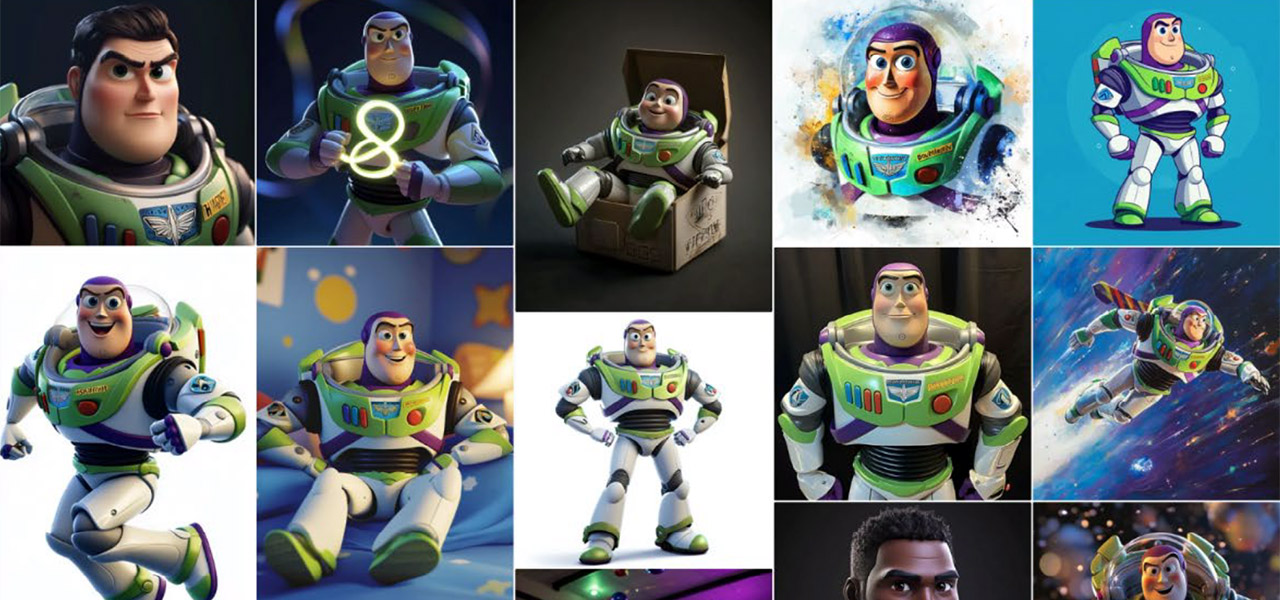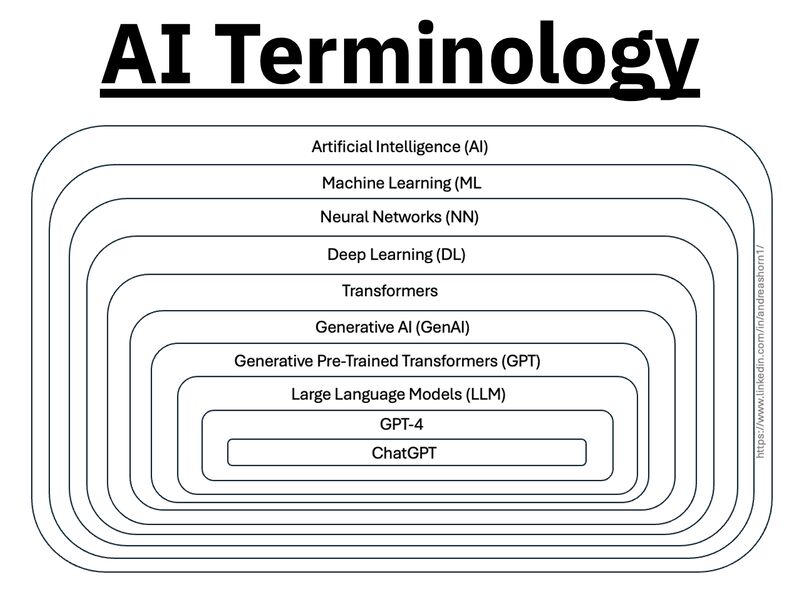BREAKING NEWS
LATEST POSTS
-
AI and the Law – 𝗬𝗼𝘂𝗿 (𝗽𝗿𝗶𝘃𝗮𝘁𝗲𝗹𝘆) 𝘀𝗵𝗮𝗿𝗲𝗱 𝗖𝗵𝗮𝘁𝗚𝗣𝗧 𝗰𝗵𝗮𝘁𝘀 𝗺𝗶𝗴𝗵𝘁 𝗯𝗲 𝘀𝗵𝗼𝘄𝗶𝗻𝗴 𝘂𝗽 𝗼𝗻 𝗚𝗼𝗼𝗴𝗹𝗲
Many users assume shared conversations are only seen by friends or colleagues — but when you use OpenAI’s share feature, those chats get now indexed by search engines like Google.
Meaning: your “private” AI prompts could end up very public. This is called Google dorking — and it’s shockingly effective.
Over 70,000 chats are now publicly viewable. Some are harmless.
Others? They might expose sensitive strategies, internal docs, product plans, even company secrets.
OpenAI currently does not block indexing. So if you’ve ever shared something thinking it’s “just a link” — it might now be searchable by anyone. You can even build a bot to crawl and analyze these.
Welcome to the new visibility layer of AI. I can’t say I am surprised…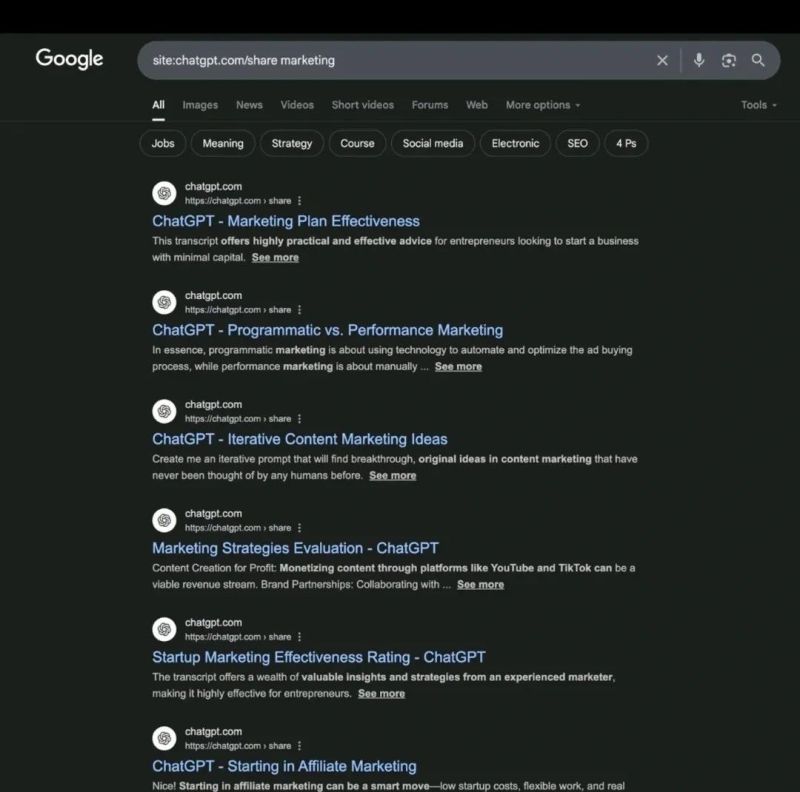
-
Stefan Ringelschwandtner – LUT Inspector tool
It lets you load any .cube LUT right in your browser, see the RGB curves, and use a split view on the Granger Test Image to compare the original vs. LUT-applied version in real time — perfect for spotting hue shifts, saturation changes, and contrast tweaks.
https://mononodes.com/lut-inspector/

-
Python Automation – Beginner to Advance Guid
WhatApp Message Automation
Automating Instagram
Telegrame Bot Creation
Email Automation with Python
PDF and Document Automation
FEATURED POSTS
-
Google Stitch – Transform ideas into UI designs for mobile and web applications
https://stitch.withgoogle.com/
Stitch is available for free of charge with certain usage limits. Each user receives a monthly allowance of 350 generations using Flash mode and 50 generations using Experimental mode. Please note that these limits are subject to change.
-
Photography basics: Production Rendering Resolution Charts
https://www.urtech.ca/2019/04/solved-complete-list-of-screen-resolution-names-sizes-and-aspect-ratios/
Resolution – Aspect Ratio 4:03 16:09 16:10 3:02 5:03 5:04 CGA 320 x 200 QVGA 320 x 240 VGA (SD, Standard Definition) 640 x 480 NTSC 720 x 480 WVGA 854 x 450 WVGA 800 x 480 PAL 768 x 576 SVGA 800 x 600 XGA 1024 x 768 not named 1152 x 768 HD 720 (720P, High Definition) 1280 x 720 WXGA 1280 x 800 WXGA 1280 x 768 SXGA 1280 x 1024 not named (768P, HD, High Definition) 1366 x 768 not named 1440 x 960 SXGA+ 1400 x 1050 WSXGA 1680 x 1050 UXGA (2MP) 1600 x 1200 HD1080 (1080P, Full HD) 1920 x 1080 WUXGA 1920 x 1200 2K 2048 x (any) QWXGA 2048 x 1152 QXGA (3MP) 2048 x 1536 WQXGA 2560 x 1600 QHD (Quad HD) 2560 x 1440 QSXGA (5MP) 2560 x 2048 4K UHD (4K, Ultra HD, Ultra-High Definition) 3840 x 2160 QUXGA+ 3840 x 2400 IMAX 3D 4096 x 3072 8K UHD (8K, 8K Ultra HD, UHDTV) 7680 x 4320 10K (10240×4320, 10K HD) 10240 x (any) 16K (Quad UHD, 16K UHD, 8640P) 15360 x 8640
-
StudioBinder.com – CRI color rendering index
www.studiobinder.com/blog/what-is-color-rendering-index
“The Color Rendering Index is a measurement of how faithfully a light source reveals the colors of whatever it illuminates, it describes the ability of a light source to reveal the color of an object, as compared to the color a natural light source would provide. The highest possible CRI is 100. A CRI of 100 generally refers to a perfect black body, like a tungsten light source or the sun. ”
www.pixelsham.com/2021/04/28/types-of-film-lights-and-their-efficiency





